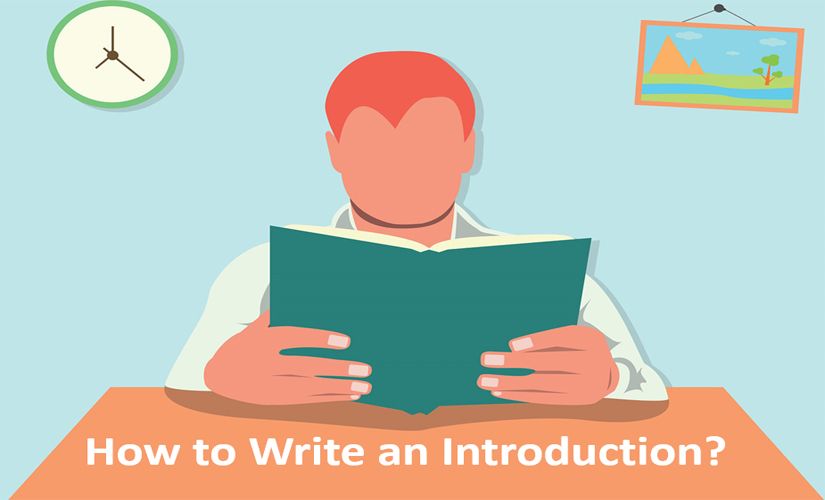An introductory paragraph is an essential section in various types of writing like essays, reports, research papers, and books. Basically, a good introduction explains the rationale for undertaking a study. In this case, a writer should describe the primary purpose of research or an academic paper and know how to write an introduction. Besides, it is essential to include a general statement about the general findings of other scholars. In particular, good introductions should state the topic, give a synopsis of the relevant literature, identify the knowledge gap, indicate the aim, and contain a thesis statement.
Stating a Topic
A good introduction should contain a statement of the overall topic in all types of papers. For instance, the account of the subject should be general and relevant to the study by considering how to write an introduction. Along these lines, a writer should include a statement of research findings when writing essay topics. Besides, a person should avoid personal opinions when creating an account of the general topic. Thus, the first paragraph of the paper should state a general and relevant affirmation of the issue under investigation.

Discussing a Relevant Literature
Following the rules of how to write an introduction should contain a statement of what other scholars found concerning the topic under analysis to enhance the quality of the paper. For instance, a statement of relevant literature introduces the reader to a specific area of interest. Along these lines, a summary of literature enables readers to develop a better understanding of the topic under analysis. Besides, a good overview of relevant research enhances the credibility of an academic paper. Thus, including a summary of literature makes the introduction suitable and appropriate. However, the information must be discussed in general terms and sentences. It is because typical introductions do not include in-text citations. On the other hand, in order to make a strong hook, the person may include some evidence and cite it.
How to Write an Introduction With the Knowledge Gap
A good opening paragraph should include the knowledge gap that an academic paper seeks to address. For instance, scholars focus on solving a problem and identifying possible answers through academic writing since they understand how to write an introduction. In this case, the first paragraph should inform a reader about the lack of solutions, covering the topic, its problems, and possible solutions. Besides, stating the issue of the lack of information in the introductory section helps to set the scope of the academic work.
The Aim of the Paper
The introduction should provide clear aims of the study. For instance, a statement of objectives reveals what the study covers to inform readers about the purpose of the paper. Along these lines, if people are familiar with the rules of how to write an introduction, they provide objectives that respond to the knowledge gap identified. Thus, writers should include a statement of aims in the introduction to inform the reader of the areas that a study covers.
Writing a Thesis Statement
A good introduction should contain a thesis statement, which articulates the theme of a paper. For instance, a thesis statement presents a writer’s argument or opinion. In this case, the main claim shows how a writer develops ideas that contribute to the growing body of knowledge. Besides, it communicates about the content of the paper, covering how to write an introduction. Thus, a good opening paragraph should end with a thesis statement that presents the main argument made by a writer.
Conclusion on How to Write an Introduction
In conclusion, an introduction is an essential section of every academic paper. Firstly, if people know how to write an introduction, they include the topic, covering the relevant literature. Hence, these items inform the reader about the topic covered. Besides, a good introduction should cover the problem and state the aims that address the identified challenge. Finally, the first paragraph must contain a thesis statement, which presents the author’s main argument.

